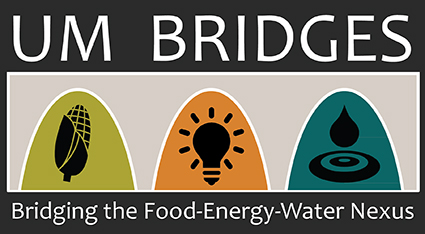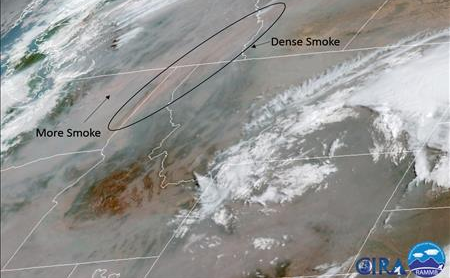
BRIDGES faculty research identifies main climate drivers of fire

Declining summer precipitation enhances heating and exacerbates wildfires
A drop in summer precipitation and longer dry spells play a significant role in the size and number of large fires across the American West, according to a new study conducted by the U.S. Forest Service in partnership with the Geosciences Department at the University of Montana.
“Summer dry periods are tightly coupled to how warm and dry the air is during the fire season,” said Zack Holden, a Forest Service scientist and lead author of the study. “Longer windows without rain lead to more surface heating, which dries out woody fuels.”
The study found that a decline in summer precipitation from 1979 to 2016 across nearly 45 percent of the forested areas in the West were strongly associated with fires. Longer, hotter summers and dipping precipitation have become a common story across portions of the West.
If trends identified in the study persist, a decrease in summer precipitation would lead to more fires with “far-reaching ecological and socioeconomic impacts.” It could also carry impacts for one of Montana’s largest economies in agriculture.
“Decreases in precipitation and the increasing length of dry spells during the summer – when crop water demand in the arid West are highest – is not only exacerbating wildfires but could also have serious implications for Western agriculture, especially in states highly reliant on rainfed crops,” said Marco Maneta, a co-author of the paper and a UM professor of hydrology in the Geosciences Department and in the UM BRIDGES program.

